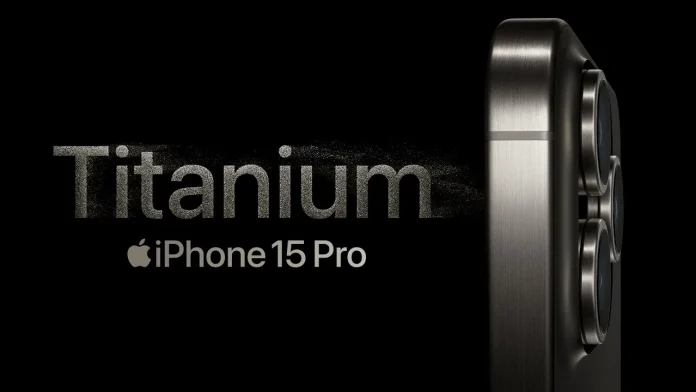Apple’s unveiling of the iPhone 15 Pro Series brought with it an intriguing twist: the introduction of a titanium frame material. Surprisingly, this tweak renders the iPhone 15 Pro approximately 9 percent lighter than its predecessor, the iPhone 14 Pro Series. While the numerical difference might seem marginal, the tangible experience of holding the device tells a different story—a story shaped by the physics of inertia.
The iPhone 15 Pro now tips the scales at a mere 187 grams, noticeably lighter than the 206 grams of the iPhone 14 Pro. Similarly, the iPhone 15 Pro Max registers a weight of 221 grams, compared to the 240 grams of the iPhone 14 Pro Max. In pure grams, the iPhone 15 Pro Series appears to have shed a mere 19 grams, an amount that might initially seem imperceptible.
However, the secret to this perceived weight reduction lies in Apple’s choice of material for the frame, specifically the titanium alloy. This choice reimagines the distribution of weight, centralizing it, and in turn, diminishing the moment of inertia. What might this mean for the user? A smartphone that feels lighter in hand than its physical weight would suggest.
To delve into the physics behind this phenomenon, one must explore the concept of moment of inertia. In simple terms, the moment of inertia increases as the mass moves farther from an object’s axis of rotation. Through an analysis of the iPhone 15 Pro Series dimensions, it’s estimated that Apple’s latest creation exhibits a moment of inertia reduced by approximately 14-15%.
The decision to employ titanium as a frame material demonstrates Apple’s commitment to enhancing user experience. Especially for those with smaller hands, where device weight can become a significant factor, this alteration is poised to make a notable difference.

